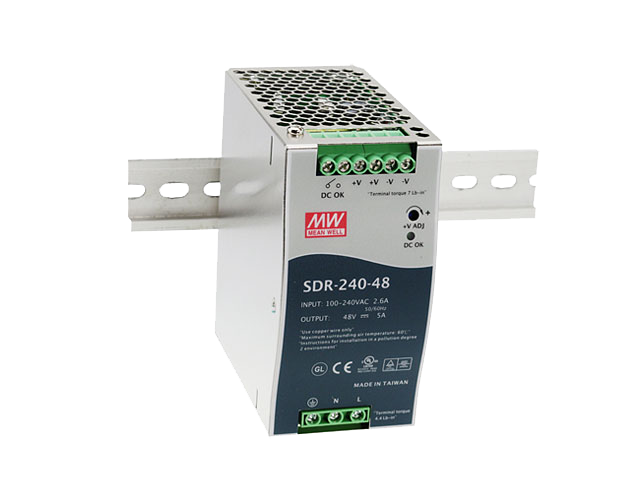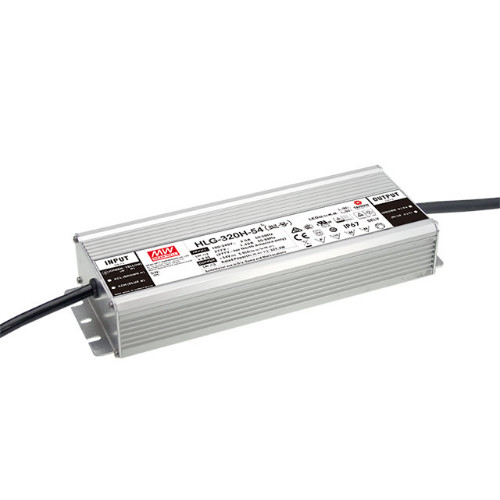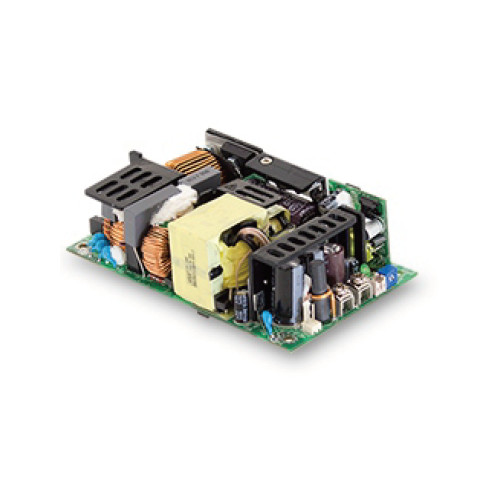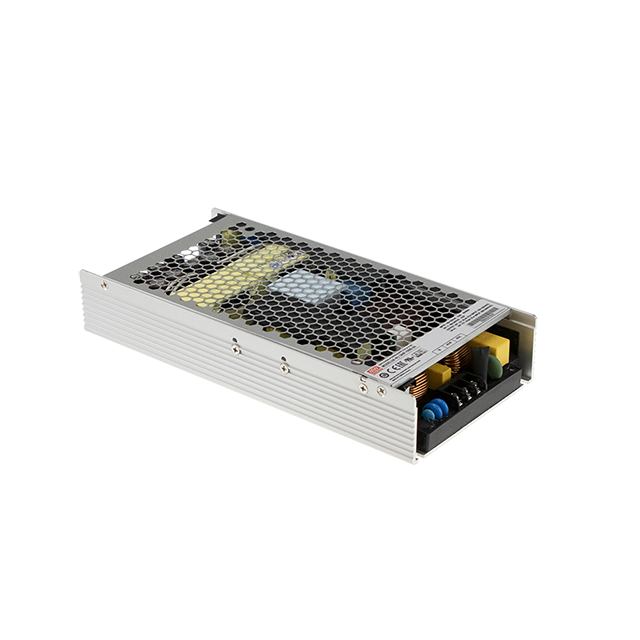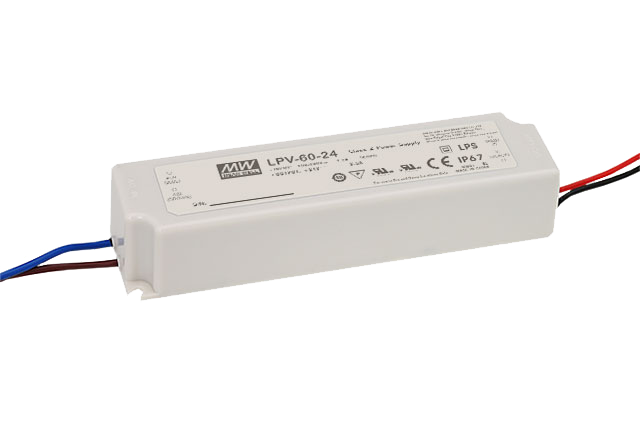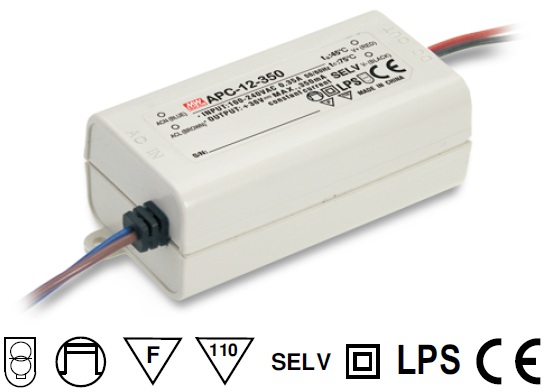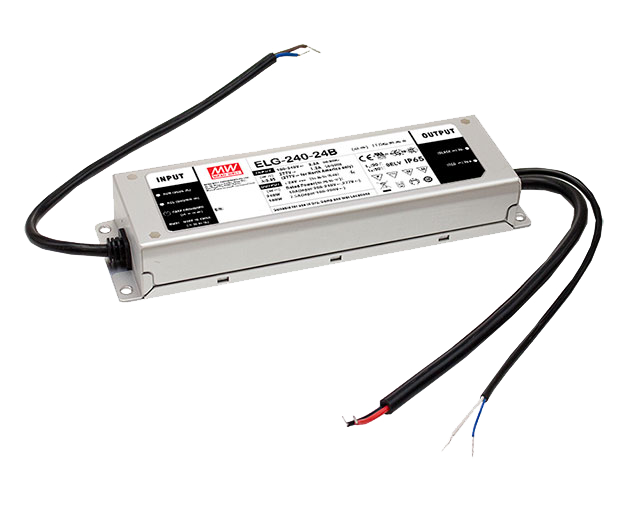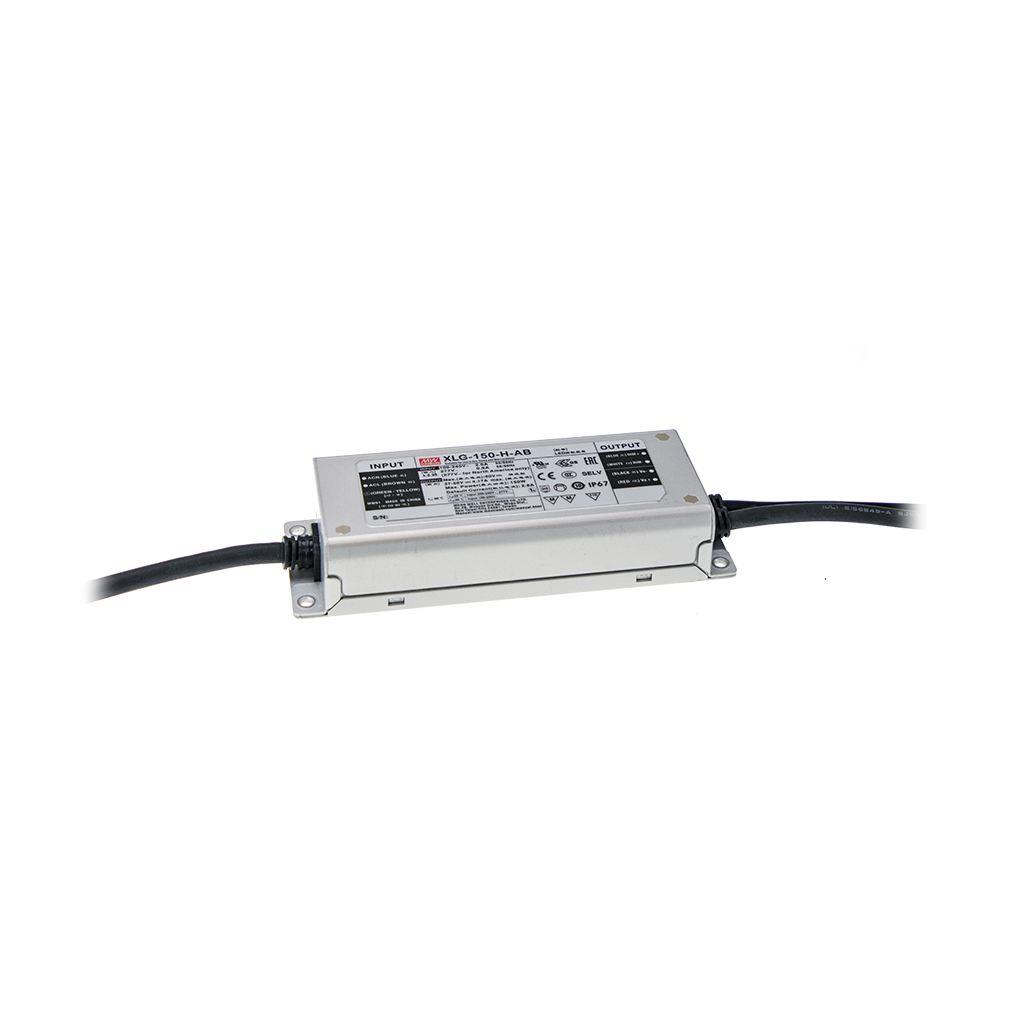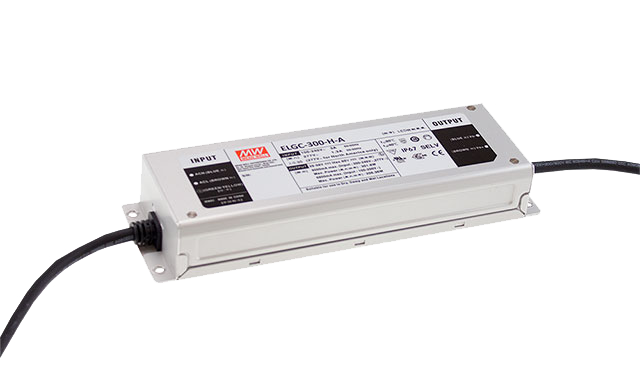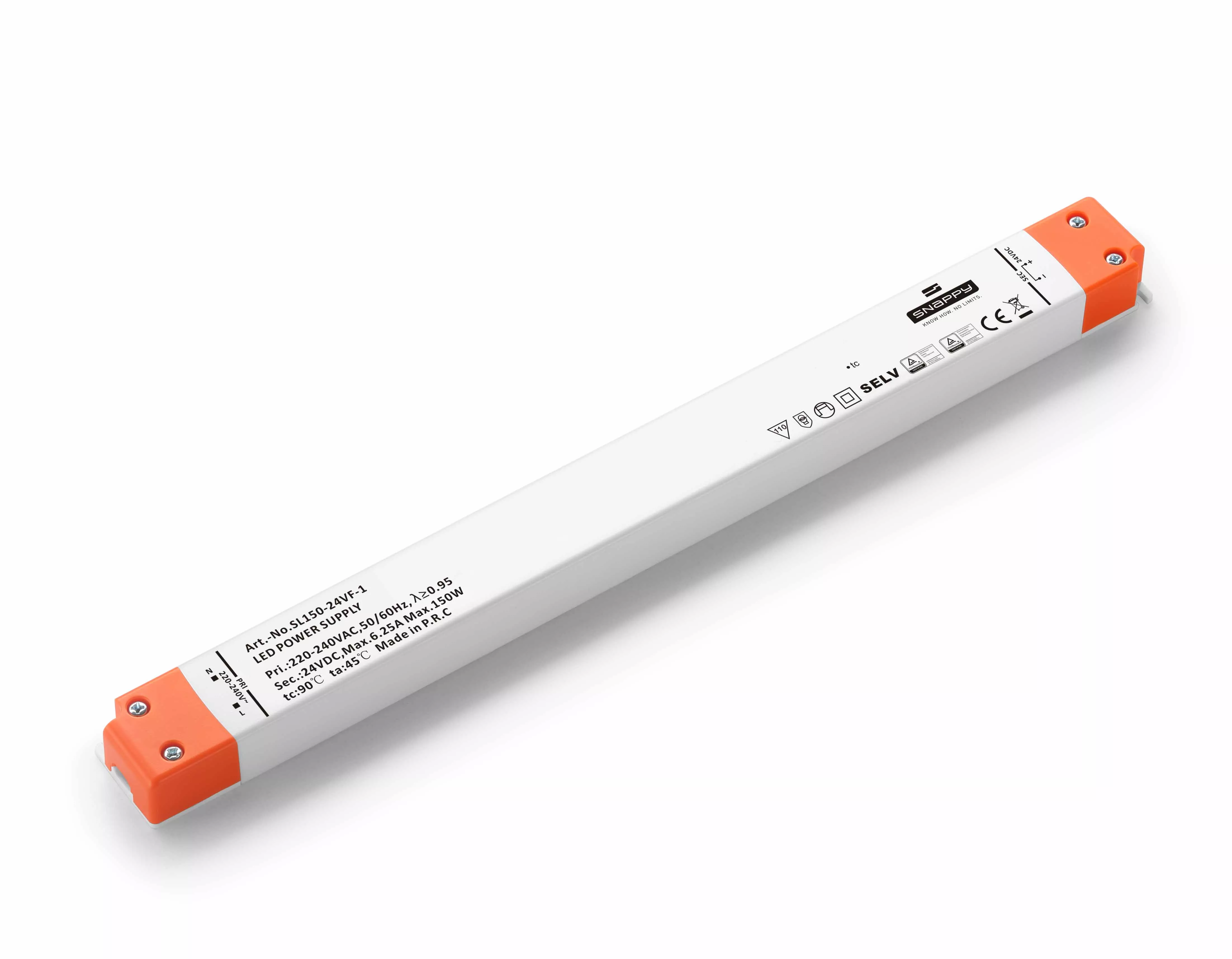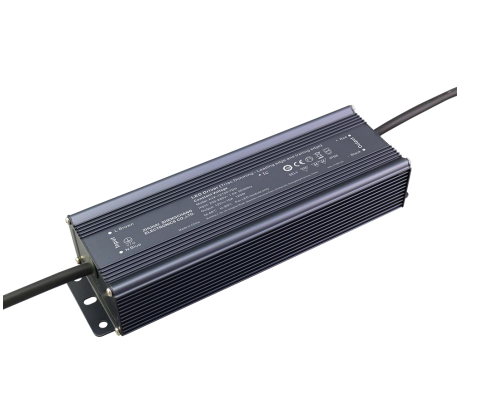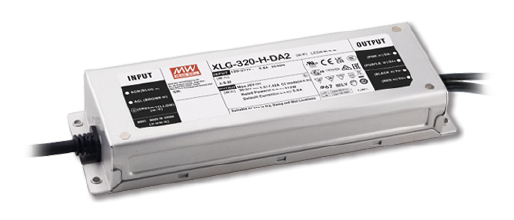Constant voltage, constant current & constant power
Would you like to understand the differences between constant voltage, constant current, and constant power? In this article, we will explain these concepts and help you develop a clear understanding of how they differ from one another. Constant voltage is a type of power supply where the voltage is kept constant, regardless of other factors such as current consumption. This means that the voltage is maintained at a specific value while the current can change to provide the required power. Constant current, on the other hand, keeps the current constant. This type of power supply is often used for applications where a uniform current supply is required, regardless of the demands of the connected devices. Constant power, however, is a concept where the power is kept constant. This means that both voltage and current are adjusted accordingly to ensure constant power. By developing an understanding of these concepts, you can select the right type of power supply for your devices and applications. So let's take a closer look at how these three concepts work and how they differ from each other.
Introduction to Constant Voltage, Constant Current, and Constant Power
In the world of electrical engineering, there are essential concepts that shape the understanding of power supply systems: constant voltage, constant current, and constant power. These three terms refer to how electrical energy is provided and which parameters are kept constant. Understanding these concepts is crucial for engineers, technicians, and even end users to select the right power supply for various applications. Each of these methods has its own specific applications and advantages that extend across different areas, from industrial automation to consumer devices. These differences affect not only device performance but also their efficiency and lifespan. Therefore, it's important to understand the fundamental principles behind constant voltage, constant current, and constant power to make informed decisions. In this article, we will examine the operation of these concepts in detail and highlight their respective advantages. Additionally, we will explore specific applications and help you decide which system is best suited for your particular requirements. Let's delve deeper into the subject.
What is Constant Voltage and How Does It Work?
Constant voltage is a concept where the voltage in a power supply system is kept constant while the current can vary. This means that regardless of load conditions, the voltage remains at a specific level. In many applications, such as power supplies for computers or LED lighting, stable voltage is crucial to ensure proper operation of connected devices. The principle of constant voltage is based on a power supply's ability to maintain voltage independent of fluctuations in current consumption. For example, when a device requires more current to function, the current flow increases while the voltage remains constant. This technique is particularly beneficial in applications where voltage fluctuations could lead to malfunctions or damage.
Constant voltage regulation is typically achieved through electronic circuits capable of precisely controlling voltage. These systems often use feedback loops to ensure voltage remains stable regardless of how the load behaves. This guarantees voltage stability even during sudden changes in current consumption.
Benefits of Using Constant Voltage
Using constant voltage offers numerous advantages that are significant in many applications. One of the main benefits is the stability it provides for electronic devices. Constant voltage minimizes the risk of over- or under-voltage conditions, leading to longer device lifespan. Devices that depend on specific voltage operate more reliably when that voltage remains constant.
Another advantage is circuit simplicity. Constant voltage sources are generally easier to design and implement since they require less complex control systems than constant current or constant power systems. This can lead to cost savings and faster development time, which is highly advantageous in today's fast-paced technology environment.
Additionally, constant voltage enables a broader spectrum of applications. From powering household appliances to industrial applications, constant voltage sources can be used in a variety of scenarios. This makes them a versatile solution for many industries requiring reliable and stable power supply.
What is Constant Current and How Does It Work?
Constant current is a concept that aims to keep current flow in an electrical system constant, regardless of voltage or the demands of connected loads. This is particularly important in applications where uniform current supply is required to ensure proper device operation. A typical example is LED lighting, where constant current is necessary to ensure LED brightness and efficiency.
The operation of constant current sources is based on the ability to regulate and adjust current flow while voltage varies. When a device requires more current to function, voltage can be automatically adjusted to ensure current remains constant. This adjustment typically occurs through specialized control circuits that monitor and control parameters.
An important feature of constant current systems is the flexibility they offer. They can dynamically adapt to connected load requirements, making them particularly useful for applications with variable loads. This ensures devices are always supplied with the correct current, optimizing their performance.
Benefits of Using Constant Current
Using constant current offers numerous advantages, especially in applications requiring precise current control. One of the greatest benefits is preventing overloads. With constant current sources, current is maintained at a predetermined level, reducing the risk of device damage caused by sudden current spikes.
Another advantage is improved efficiency. By providing constant current, many devices can operate more efficiently since they don't need to constantly make adjustments. This leads to reduced heat generation and longer component lifespan. This is particularly crucial in LED technology, as LEDs are sensitive to voltage changes and require constant current supply to function optimally.
Additionally, constant current enables uniform illumination and performance in applications such as motor control or sensor operation. This stability is crucial for end product quality and contributes to overall system reliability. Therefore, constant current is a popular choice in many modern applications.
What is Constant Power and How Does It Work?
Constant power is a concept that controls both voltage and current so that total power remains constant. This means that when either voltage or current changes, the other parameter is adjusted so that the product of current and voltage remains the same. This method is frequently used in scenarios where devices require specific power to function optimally.
The operation of constant power sources is based on the ability to dynamically control both voltage and current. For example, when load increases and current rises, voltage must be correspondingly reduced to maintain constant power. This control is achieved through specialized control systems capable of monitoring and adjusting both parameters in real-time.
A typical example of constant power is certain types of motor controls where constant power is required to optimize motor speed and torque. These systems ensure the motor receives the required power regardless of changing operating conditions. This leads to improved motor efficiency and performance.
Benefits of Using Constant Power
Using constant power offers several advantages that are significant in many applications. A key benefit is the ability to maintain constant power across various operating conditions. This is particularly important in applications where load changes rapidly, such as in drive technology or machine control.
Another advantage of constant power is improved energy efficiency. Through dynamic adjustment of voltage and current, systems with constant power requirements can be optimized, leading to reduced energy consumption. This is not only environmentally friendly but also saves costs for end users.
Additionally, constant power enables greater flexibility in system design. Developers can design systems that operate independently of specific voltage or current, facilitating integration into various applications. This makes constant power sources an attractive choice for many modern electrical systems.
Applications of Constant Voltage, Constant Current, and Constant Power
Applications for constant voltage, constant current, and constant power are diverse, ranging from consumer electronics to industrial automation. In consumer electronics, we find constant voltage-powered devices like smartphone chargers, where voltage is maintained at a specific level to ensure safe and efficient charging.
In lighting technology, constant current sources are frequently used, particularly for driving LEDs. These sources ensure LEDs operate with constant current, optimizing their brightness and lifespan. In automation technology, constant current sources are also used for motor control to ensure uniform performance.
Constant power applications are also widespread, particularly in machine control. Here, constant power regulation ensures machines always receive the necessary power to work efficiently, regardless of load. This flexibility and efficiency make constant power a key technology in modern industrial applications.
Selecting the Right Mode for Your Requirements
Selecting the right mode—constant voltage, constant current, or constant power—depends heavily on your application's specific requirements. It's important to consider the type of devices you want to operate and their current and voltage requirements. For devices sensitive to voltage fluctuations, a constant voltage source is ideal.
If you're working with devices requiring uniform current supply, such as LEDs or motors, a constant current source is the better choice. This ensures devices operate reliably under all conditions. For more complex applications where load can vary, a constant power source is often the most favorable solution since it dynamically adjusts both voltage and current.
It's also advisable to consider the availability and costs of components required to implement the respective power supply technology. Through careful analysis of requirements, you can make the best decision that maximizes both performance and efficiency of your systems.
Overall, constant voltage, constant current, and constant power are fundamental concepts in electrical engineering that are crucial for the performance and efficiency of electrical systems. Each of these concepts has its own specific applications and advantages that are significant in various areas. A deep understanding of these concepts helps not only engineers and technicians select the right power supply for their applications but also end users optimize the performance and lifespan of their devices.
By analyzing the specific requirements of your systems, you can make informed decisions that lead to better efficiency, reliability, and cost savings. Whether you choose constant voltage, constant current, or constant power, each of these systems has the potential to improve and optimize your electrical applications.
Recommended Constant Voltage LED Power Supplies:
Recommended Constant Current LED Power Supplies:
Recommended Constant Power LED Power Supplies:
Related products

